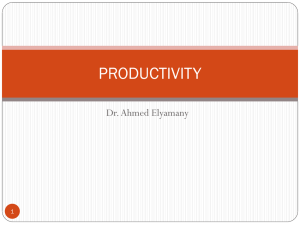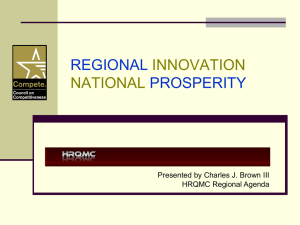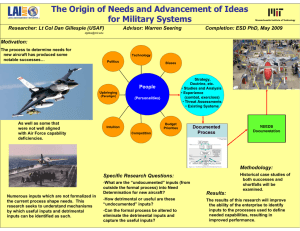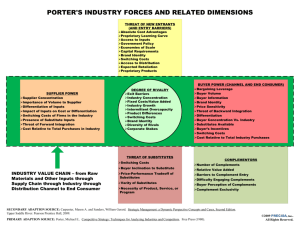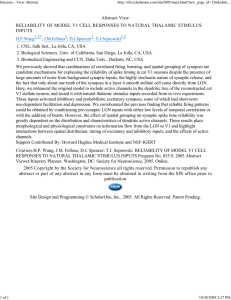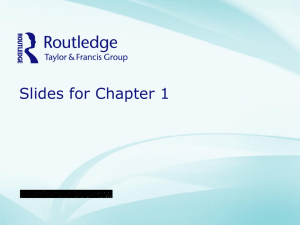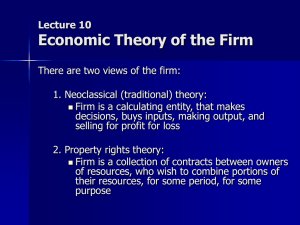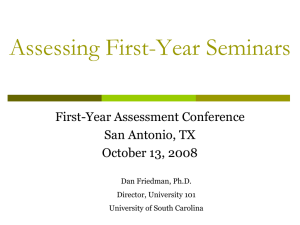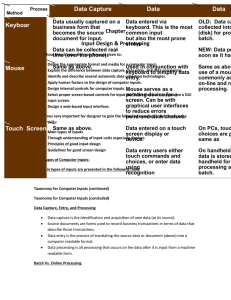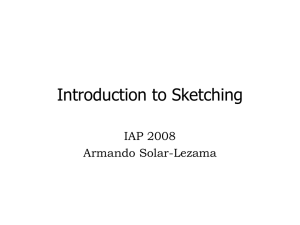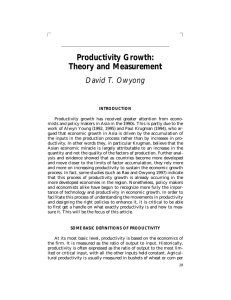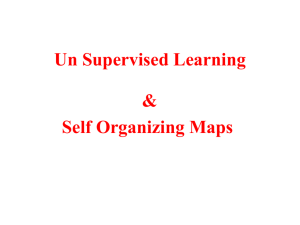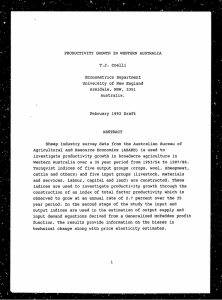US Economic System - University of Montana
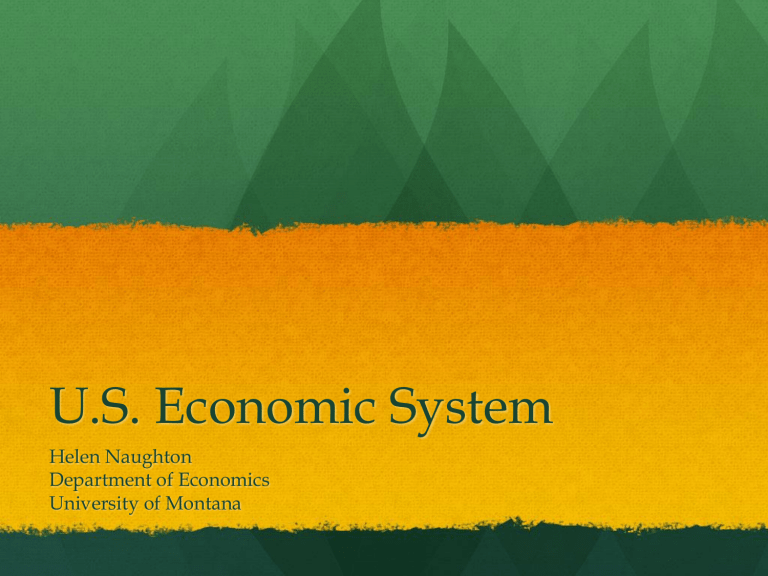
U.S. Economic System
Helen Naughton
Department of Economics
University of Montana
Economics
Economy—in Greek “Household management”
Microeconomics—study of household and firm decisions
Macroeconomics—study of country-level indicators
(government interest rates, unemployment)
The Economic Questions
1. What goods and services are produced?
2. Which resources are used in production?
3. Who gets to consume the goods and services?
Economic System
The system for answering The Economic Questions:
Does the government choose what and how much is produced or is it market-driven?
Who decides which resources are used?
Who decides how goods are distributed?
Traditional System
Economic decisions based on customs and beliefs handed down through generations
Command System
The economic system where government answers most of The Economic Questions for its people.
Former Soviet Union
North Korea
Business in a Command System
The government answers The Economic Questions:
The government determines what inputs to use
The government determines the quality of inputs
The government sets employees wages
The government sets business hours
Market System
The economic system where markets are allowed to operate freely:
Goods and services are produced if people are willing to pay for them in the market.
Input markets drive which resources are used in production.
Those who are willing to pay for the goods and services receive them.
Business in a Market System
I answer The Economic Questions:
I determine what inputs to use
I determine the quality of my inputs
I set my employees wages
I set my business hours
US Economic System
A little bit of each—MIXED SYSTEM!
Some markets are allowed to operate freely.
Some production and allocation decisions are made by the government.
Some economic decisions are made based on tradition.
Business in a Mixed System
I and the government answer
The Economic Questions:
I determine what inputs to use
The government determines the quality of my inputs
Minimum standards for food safety and other health hazards (no lead in paint or gasoline).
I set my employees wages
The government sets the minimum wage
I set my business hours
The government decides if I am safe to operate
Traditional System
Natives/A borigines
North
Korea
Command System
US
Market System
Economic Systems Across
Countries
It is reasonable to state that US is more marketbased system than most countries overall.
Yet, we could likely find specific markets where the
US government interferes more than other governments.
For example, the US government has a tradition of offering support to US steel workers to protect the industry jobs and income.
Why has the US (mostly) embraced the market economy?
To promote efficiency
To make the economic benefit/pie as big as possible
To minimize waste
Why not operate fully on the market system?
Markets do not ensure that goods and services are allocated fairly (or that everyone gets enough to eat).
Costs and benefits of the goods and services may be external to the market.
A person who does not pay for fireworks can easily enjoy the fireworks. (External benefits)
A person who does not use a car can get sick from pollution emitted by cars. (External costs)
Government’s Roles
1. Increase equity
Tax income and wealth
Provide goods and services to the poor
Government’s Roles
2. Provide goods with external benefits
(private markets underprovide these goods)
National security
Infrastructure (roads and bridges)
Educated and healthy citizenry
Government’s Roles
3. Regulate goods with external costs
(private markets overproduce these goods)
Ensure copper mining pays for all costs (including the cost of polluted water in the river)
Control hazardous waste disposal
Charge gasoline taxes to help pay for the external cost of air pollution from cars
Balancing Roles of the Market and the Government
Hotly debated in the US political system
Problems with finding the balance:
External costs and benefits are difficult to measure.
While redistributing income may reduce inequality, it also lowers incentives for work (some argue especially for the highly productive).
Traditional System
Command System Market System



